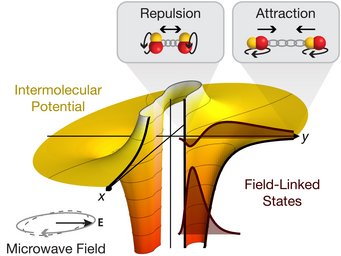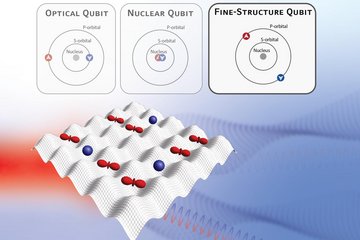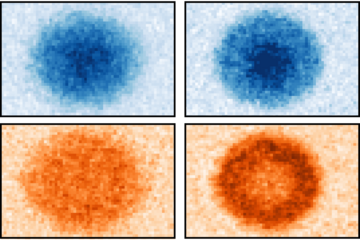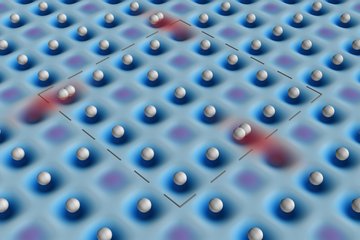Field-linked resonances of polar molecules
Nature volume 614, pages 59–63 (2023)
The existence of so-called super molecules has long been predicted theoretically. Now we managed to create the conditions for proving these exotic entities for the first time.
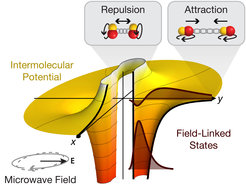
Scattering resonances are an essential tool for controlling interactions of ultracold atoms and molecules. However, conventional Feshbach scattering resonances, which have been extensively studied in various platforms, are not expected to exist in most ultracold polar molecules due to the fast loss that occurs when two molecules approach at a close distance. Here, we demonstrate a new type of scattering resonances that is universal for a wide range of polar molecules. The so-called field-linked resonances occur in the scattering of microwave-dressed molecules due to stable macroscopic tetramer states in the intermolecular potential. We identify two resonances between ultracold ground-state sodium-potassium molecules and use the microwave frequencies and polarizations to tune the inelastic collision rate by three orders of magnitude, from the unitary limit to well below the universal regime. The field-linked resonance provides a tuning knob to independently control the elastic contact interaction and the dipole-dipole interaction, which we observe as a modification in the thermalization rate. Our result provides a general strategy for resonant scattering between ultracold polar molecules, which paves the way for realizing dipolar superfluids and molecular supersolids as well as assembling ultracold polyatomic molecules.
To read the full article please visit Nature.
